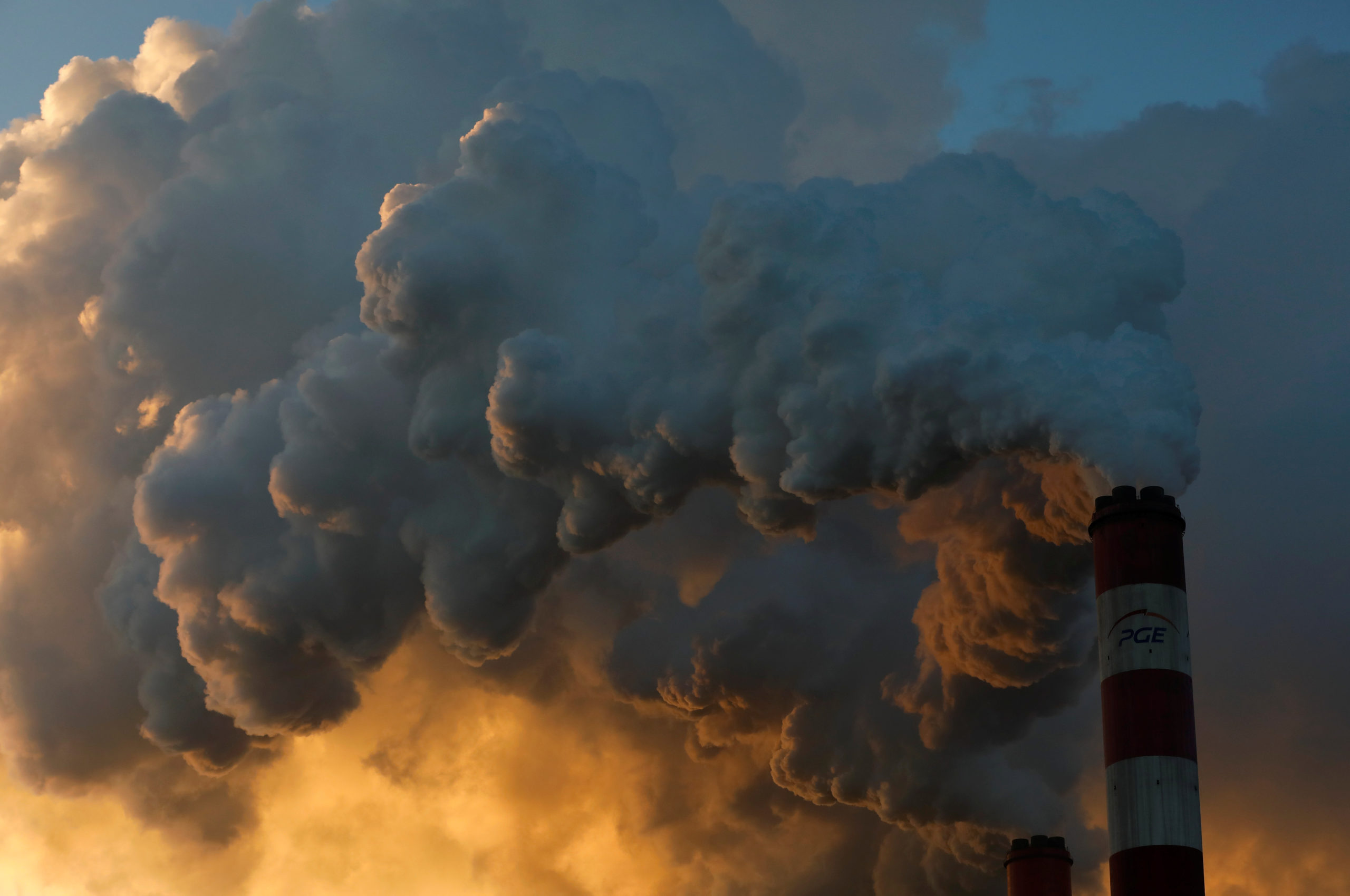Climate change is driving a sharp increase in Arctic mercury levels, a new report says
“Global action is necessary to tackle this transboundary issue.”

As ice melts and permafrost thaws, mercury levels will likely rise in the Arctic, with serious implications for the people and ecosystems of the Arctic, according to a sweeping report published Tuesday by the environmental monitoring group of the Arctic Council.
The Arctic Monitoring and Assessment Program assessed two decades of studies on mercury, finding a sharp increase as emissions have increased since the Industrial Revolution.
For the first time, the AMAP report also included a chapter on the vital role of Indigenous knowledge in understanding mercury pollution.
Indigenous communities in the Arctic have some of the highest risks of mercury exposure in the world, according to a 2018 study.
“Mercury contamination in the Arctic remains an environmental and human health issue due to the continued risk of elevated exposure in wildlife and in humans,” the authors wrote.
Mercury is found in the air, water and land. The vast majority — 98 percent — comes from outside of the Arctic Circle, but environmental forces bring mercury toward the poles.
Mercury is most often emitted into the atmosphere by burning coal, mining, and other industrial activity, and these emissions are then deposited in the Arctic. Wildfires, which are becoming more frequent and severe in a changing climate, may also emit mercury into the air.
Scientists believe permafrost also sequesters a significant amount of mercury, and thawing permafrost due to climate change could become another major source of mercury pollution.
Russian rivers are a major source of water-borne mercury pollution.
Researchers recently conducted the first-ever winter study of mercury in Arctic waters, trying to understand why mercury peaks in summer and drops in winter.
The cause may be related to another substance, manganese, which also declines in winter. Manganese can attract mercury and cause it to sink in the water — which means bacteria in ocean sediment may break mercury down into the more toxic methylmercury that then works its way through marine food sources.
Warmer waters seem to increase this production of methylmercury, according to previous research.
Mercury then circulates in marine ecosystems, with likely effects on food systems, another recent study found.
The Minamata Convention on Mercury was adopted in 2013, signaling a major shift toward addressing mercury pollution. All Arctic Council member states except for Russia are signatories.
The convention stipulates that all parties need to evaluate its effectiveness beginning in 2023 at the latest. Monitoring and assessment in the Arctic has been a success story in terms of better understanding the prevalence and effects of mercury, and this report could guide future recommendations, the authors said.
Indigenous knowledge has been a linchpin for understanding mercury in the Arctic, and it will continue to play a vital role moving forward, according to a forthcoming study.
The newest AMAP report highlights the “critical” contributions from Indigenous knowledge-holders for the first time, and sets forth potential pathways for continued collaboration.
International partnerships will also be key, the new AMAP report said: “Global action is necessary to tackle this transboundary issue.”